2025 How to Choose the Best Plastic Injection Tooling for Your Production Needs
When it comes to manufacturing, the efficiency and quality of production heavily rely on the tooling used in the process. One of the most critical components in this regard is plastic injection tooling. This process not only shapes the product but also dictates the overall production capabilities. As the industry moves towards 2025, understanding how to select the best plastic injection tooling becomes paramount for businesses looking to optimize their production needs.
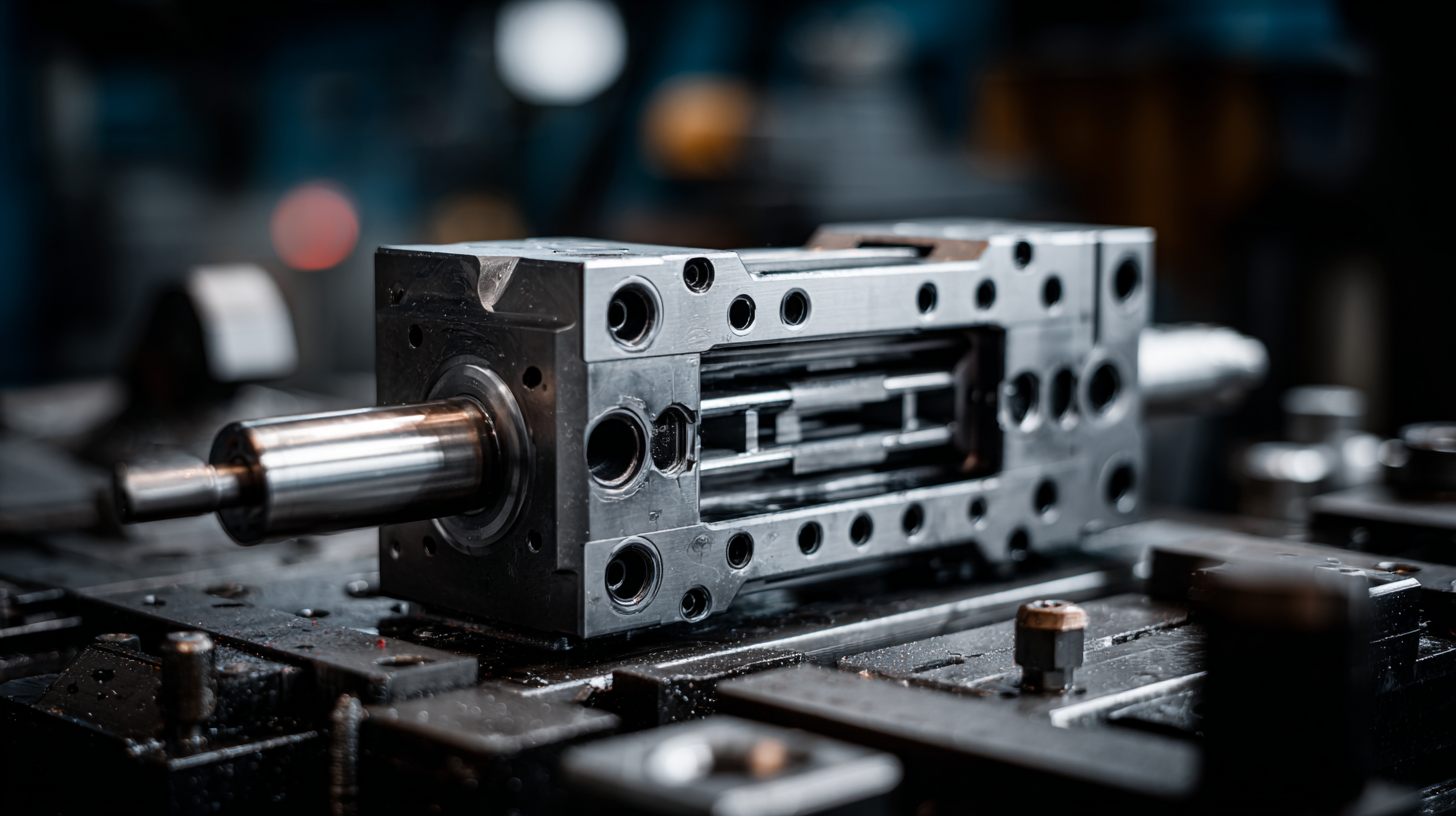
Choosing the right tooling is a multifaceted decision that involves considerations such as material compatibility, production volume, and design complexity. Each type of plastic injection tooling offers unique benefits and challenges, affecting everything from time to market to cost efficiency. By delving into various tooling types, manufacturers can align their operational capabilities with market demands, ensuring that they not only meet quality standards but also stay competitive in an evolving landscape.
In this article, we will explore the fundamental types of plastic injection tooling, their applications, and the criteria that should guide your decision-making process. With the right knowledge, businesses can make informed choices that enhance productivity and drive success in their production endeavors.
Key Factors for Selecting Plastic Injection Tooling in 2025
When selecting plastic injection tooling for your production needs in 2025, several key factors must be considered to ensure optimal performance and efficiency. First and foremost, assess the material compatibility of the tooling. Different plastics require specific types of molds and tooling materials that can withstand the chemical and thermal properties of the chosen resin. This assessment helps prevent production issues and maximizes the lifespan of the tooling.
Another critical factor is the precision and potential for customization of the tooling. Advanced technologies like 3D printing and CNC machining offer incredible flexibility in creating intricate designs and precise specifications. Companies should evaluate their specific product requirements and match them with tooling providers who can deliver tailored solutions. Additionally, consider the lead time and cost-effectiveness of production when selecting tooling. Efficient project management and supplier collaboration are essential to minimizing downtime and ensuring a smooth manufacturing process in today's competitive landscape.

Understanding Material Compatibility and Performance Metrics
When selecting plastic injection tooling for your production needs, understanding material compatibility is crucial. Different plastics exhibit various properties such as temperature resistance, chemical stability, and tensile strength, which can significantly influence the performance of your final product. For instance, engineering-grade thermoplastics, like polycarbonate and nylon, require tooling that can withstand higher pressures and temperatures during the injection process. Ensuring that the selected materials for both the tooling and the injected product are compatible helps avoid issues such as warping or degradation, ultimately safeguarding production efficiency and quality.
In addition to material compatibility, performance metrics of the tooling must be evaluated to ensure it meets specific production demands. Factors such as cycle time, mold longevity, and maintenance requirements play a vital role in optimizing the manufacturing process. Utilizing performance metrics can help in assessing the efficiency of the tooling under varying operational conditions. For instance, a tooling solution designed for high-speed production may require different specifications in terms of cooling channels and ejection systems than a tooling setup for low-volume runs. By thoroughly analyzing both material compatibility and performance metrics, manufacturers can select the most effective tooling solutions tailored to their unique production requirements.
Evaluating Cost-Effectiveness and Return on Investment in Tooling Choices
When selecting plastic injection tooling, evaluating cost-effectiveness and return on investment (ROI) becomes paramount for any production operation. An initial assessment of tooling costs should include not only the price of equipment but also the associated expenses such as maintenance, labor, and materials. It's crucial to conduct a thorough analysis of these factors to ensure that the chosen tooling will deliver high-quality parts consistently while minimizing operational delays and downtime. This diligent approach helps establish a clear understanding of the long-term financial implications of tooling decisions.
Moreover, measuring ROI is essential when justifying tooling investments. Companies should prioritize tools that enhance production efficiency and product quality, ultimately leading to reduced waste and lower defect rates. Businesses need to consider not just the short-term gains but also the longevity and adaptability of the tooling in response to future production needs. Tools that allow for flexibility, such as modular designs or multi-cavity molds, can provide substantial advantages in scaling production without incurring significant additional costs, ensuring that investments yield sustained benefits over time.
Insights on Advanced Technology Trends in Plastic Injection Manufacturing
The plastic injection molding industry is on a promising growth trajectory, poised to expand from a market value of USD 365.22 billion in 2024 to USD 382.53 billion in 2025, eventually reaching USD 580.44 billion by 2033, with a compound annual growth rate (CAGR) of 4.74%. This robust growth indicates a strong demand for innovative and efficient production solutions, highlighting the importance of selecting the best plastic injection tooling to meet evolving production needs.
As the injection molding sector advances, we are witnessing a significant rise in specialized markets, particularly the thermoplastic micro molding market, driven by demand for compact and high-precision components in the medical field. The increasing shift towards miniaturized devices is crucial, as manufacturers seek advanced tooling technologies that can deliver superior accuracy and efficiency. With the overall plastic market forecasted to reach USD 1,138.2 billion by 2035, it is clear that staying aligned with technological advancements is vital for companies aiming to maintain a competitive edge in the evolving landscape of plastic injection manufacturing.
Best Practices for Customizing Tooling to Meet Production Volume Needs
When it comes to customizing plastic injection tooling, understanding your production volume needs is crucial. First, evaluate your projected output to determine the complexity and durability required from your tooling. For high-volume runs, investing in robust, high-quality steel molds is essential to withstand the demands of continuous production. In contrast, lower volume needs may allow for the use of aluminum molds, which provide a cost-effective solution while still meeting quality requirements.
Additionally, consider the design features that enhance efficiency. For instance, incorporating features like quick-change capabilities can facilitate fast mold swapping, minimizing downtime and allowing for flexible production schedules. Moreover, integrating cooling systems and venting designs optimizes cycle times and improves part quality. By aligning your tooling specifications with production volume and operational goals, you not only enhance productivity but also ensure cost-effectiveness in your manufacturing process.
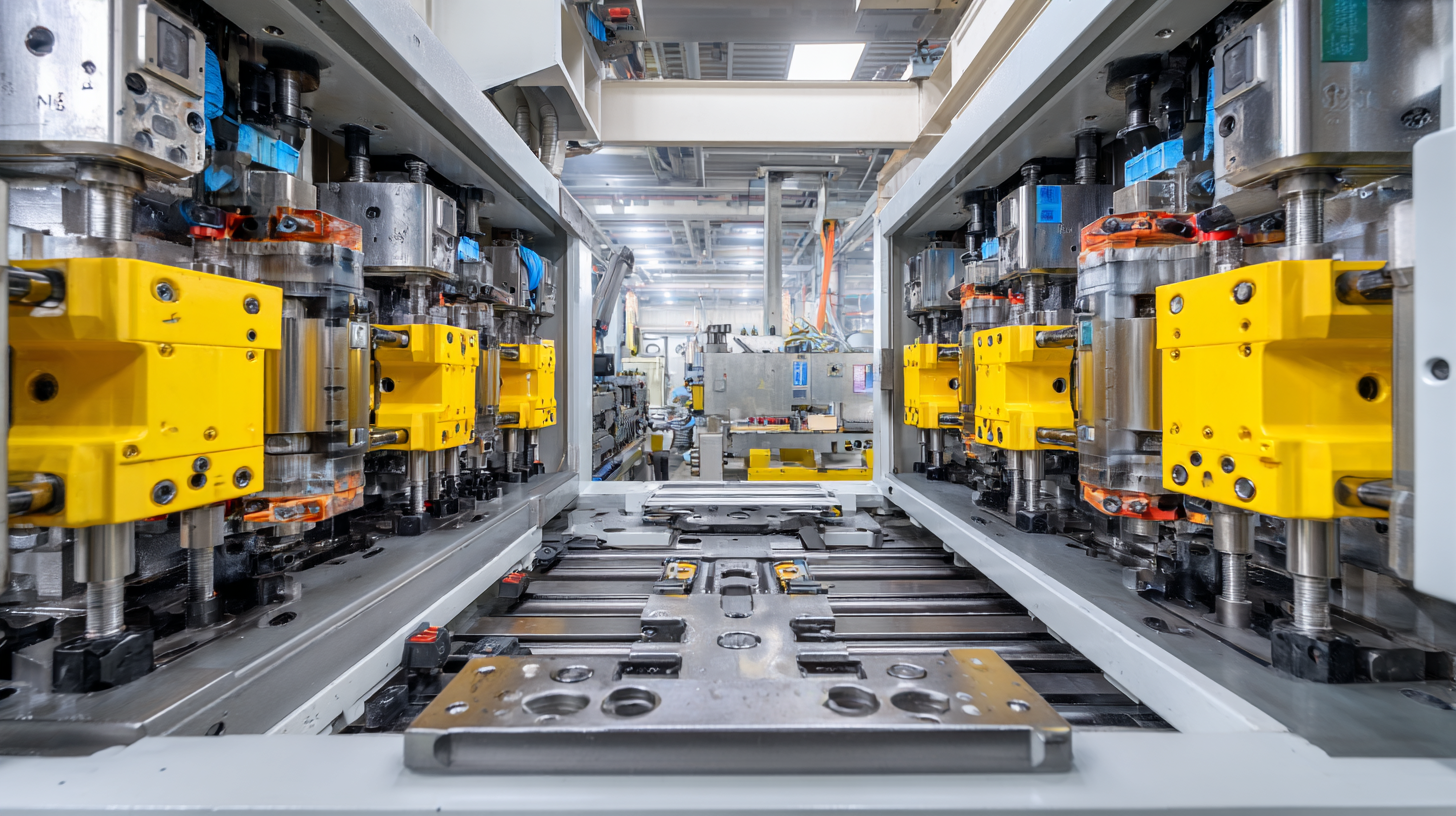
Related Posts
-

Why Understanding Injection Molding Tooling Can Transform Your Manufacturing Success
-

Maximizing Efficiency in Plastic Injection Mold Tooling for High Volume Production
-
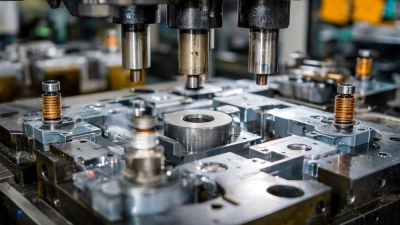
Common Issues in Achieving the Best Plastic Injection Mold Design
-

How to Navigate Import and Export Certifications for Best Mold Plastic Injection Products
-
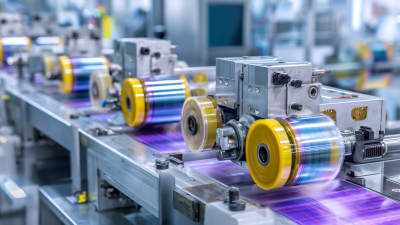
Understanding Best Plastic Manufacturing Standards and Five Key Reasons for Global Buyers
-
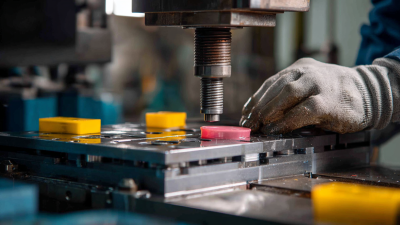
Ultimate Guide to Identifying Top Quality Suppliers in Plastic Manufacturing

